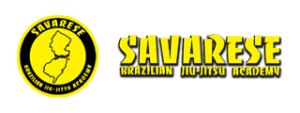Takedown defense in BJJ
Takedown defense in BJJ
Takedown defense in BJJ is something that isn’t practiced enough in BJJ schools in my opinion. Ninety percent of your opponents takedown defense and counter offense comes from his head, hands, arms and hips. So, if you can get behind him, you’ve immediately disarmed the overwhelming majority of his defense and made your job of taking him down much easier and safer. That is something we preach here at Savarese BJJ Academy (www.njbjj.com). There are significant benefits to starting with position before takedown whenever it’s possible for you to do so. You can’t always do it, but when you can, it’s a truly great option. Opponents that seem impossible to takedown from the front can often be put down much more easily from the back and with a much better chance of scoring under Brazilian Jiu-Jitsu scoring criteria in the ensuing scrambles. Make a habit of working to get behind opponents in the standing position first and getting takedowns from chest to back positions. At the very least it’ll create defensive reactions that open up more conventional frontal takedowns, and quite often it’ll give you the positional advantage that allows for clean and decisive takedowns from the back that lead directly into the best scoring and submission positions in Jiu-Jitsu.
